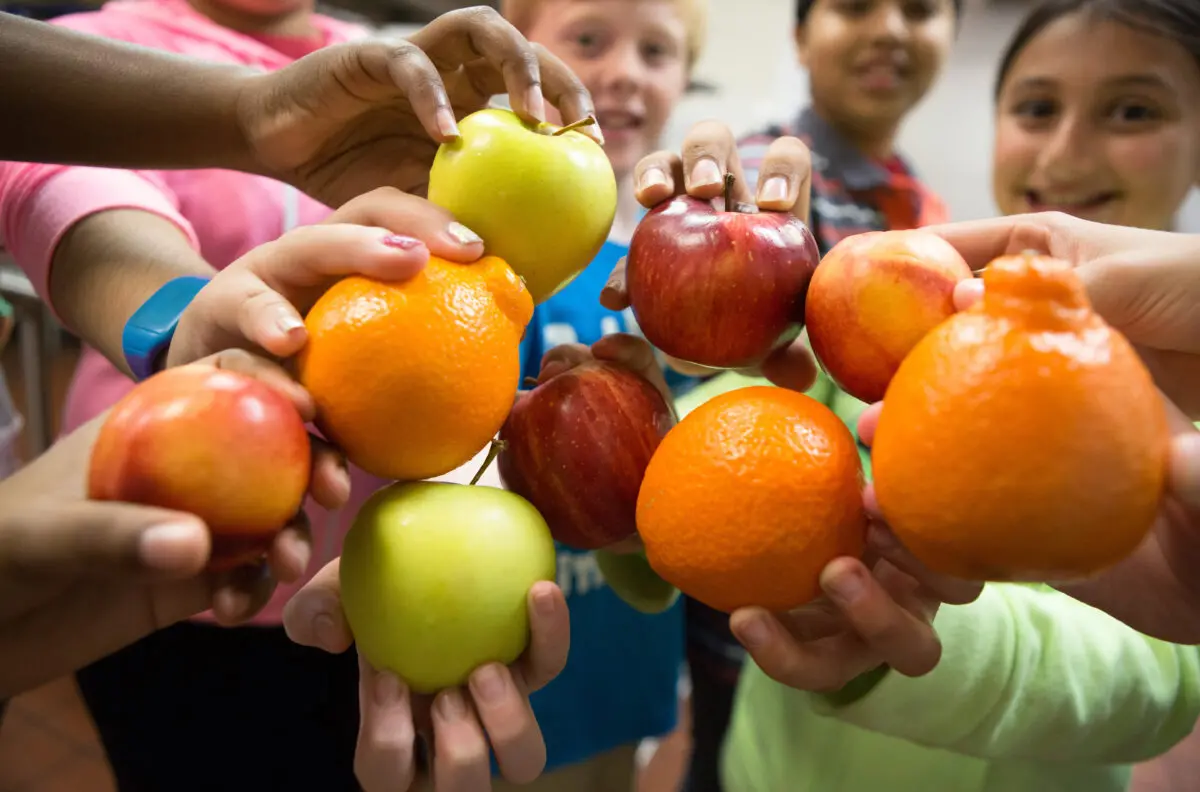What did your latest report on grandfamilies find?
We decided to focus this year’s report on an issue we knew anecdotally was affecting grandfamilies: food insecurity. We’re extremely grateful to FRAC for providing the data that allowed us to illustrate the numbers behind the stories we’d been hearing from grandfamilies across the country. Food insecurity means these families do not have the resources they need to have consistent and reliable access to enough food to live an active, healthy life. The impact is severe: it can harm the health, nutrition, and economic security of children and adults. It has particularly harmful effects on children.
The data was striking: 25 percent of grandparent-headed households with grandchildren and no parent present experienced food insecurity between 2019 and 2020. That’s 60 percent higher than the rate of all households with children (25% vs. 15%). Among older (aged 60+) grandparent-headed households with grandchildren and no parents, the rate of food insecurity was more than three times higher than the rate of similar households (adults 60+) with no children (22% vs. 7%).

